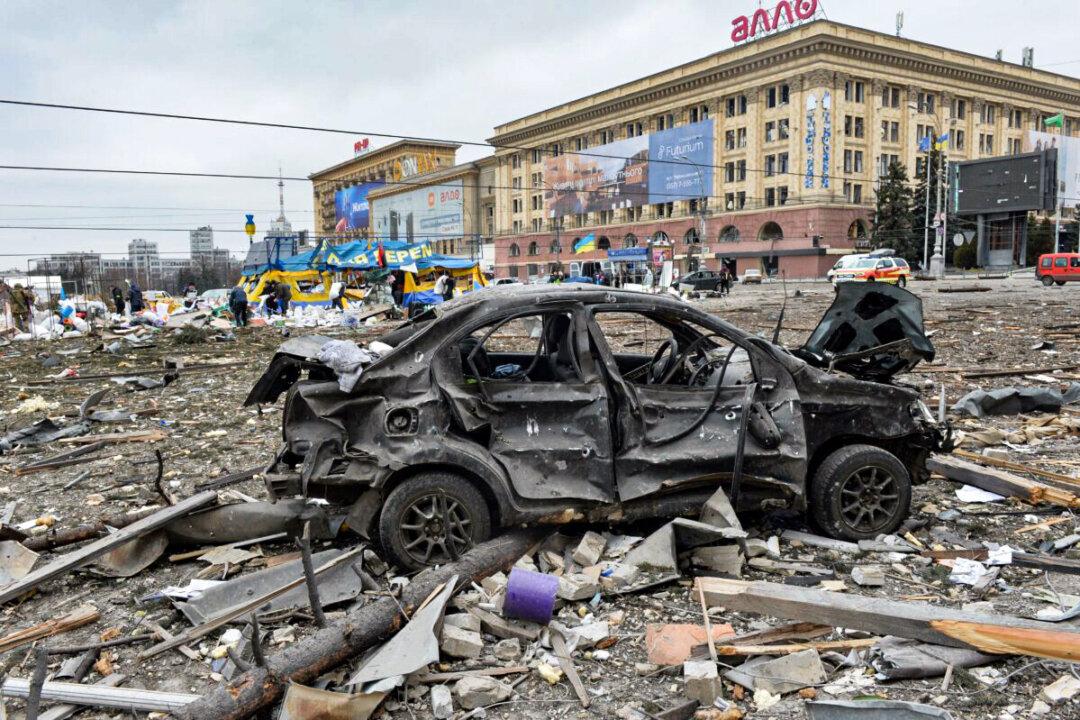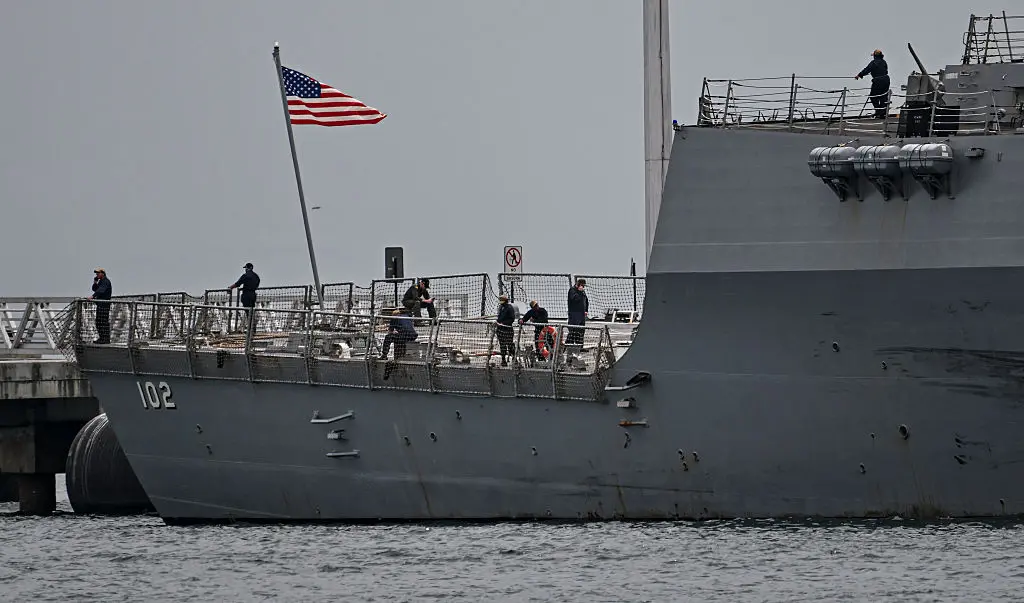After eight days of what Russian President Vladimir Putin called “special military operations,” a think tank of leading Ukrainian experts has suggested potential outcomes as artillery continues to rain down on cities in the European nation.
Civilians are reeling from the devastation, which has left parts of Kharkiv and Kyiv in ashes as families huddle together within basements and old Soviet-era bunkers.





